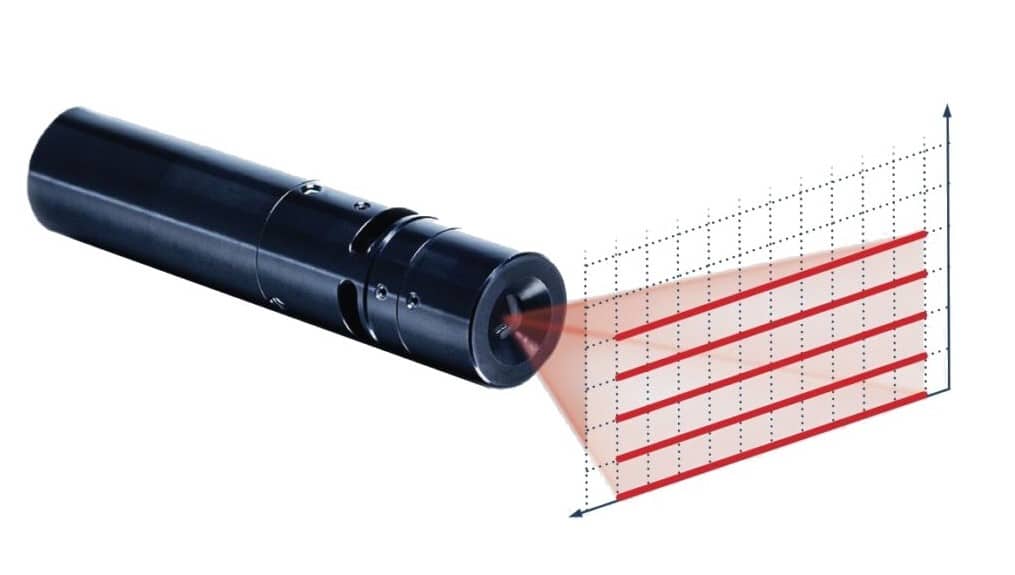Light Pattern Generator Are Various Applications For Lasers
A Structured Light Pattern Generator are various applications for lasers in which the laser beam is transformed in complex ways to obtain distinct patterns at a target plane. In these cases, we are talking about structured illumination, a now common technique in microscopy, three-dimensional surface metrology and LIDAR systems, to name a few.
Use of a Structured Light Pattern Generator
The most efficient way for obtaining structured illumination is to make use of a structured light pattern generator which has at its core a diffractive optical element. For this reason, the structured illumination pattern generator occupies a limited volume, and it is lightweight. In fact, aside from the diffractive optical element, the other two components are the laser unit and the focusing lens, which in some applications is not even needed. The optical lens is needed to obtain the desired pattern at a plane closer to the system itself. If the desired pattern needs to be formed sufficiently far away from the system, there is no need for the lens as the system would be operating in the far field regime, as referred to in diffractive optics terminology.
Create Arbitrary Shapes at the Work Plane
With the diffractive optical element, the structured light pattern generator can create arbitrary shapes at the work plane. For instance, in 3D surface metrology the output pattern can consist of regular parallel lines with equal spacing. When detected by an imaging system, those lines once projected onto an uneven surface will be detected with some added distortion. With a proper image processing software, the surface relief can be inferred.
LIDAR Systems for Autonomous Vehicles
Another use for structured light pattern generators which is gaining increasing popularity is in LIDAR systems for autonomous vehicles or for aerospace applications. In these cases, the structured light pattern generator is used to generate a very well-defined array of spots that illuminate the scene objects in front of the aircraft or vehicle. The light from each individual spot is reflected back and then an algorithm and control system is used to obtain information about the relative position of every object along the path.
Improve or Secure the Maximum Resolution
Structured light pattern generators are also used in microscopy systems. When the imaging system is very well corrected, or in other words, when the system is operating at the so-called diffraction limit, a way to improve or secure the maximum resolution is to alter in clever ways the illumination profile on the sample.
Based on these examples from above, it is clear that without the benefits of the diffractive optical element it would be rather difficult to obtain the desired patterns needed in structured illumination.




